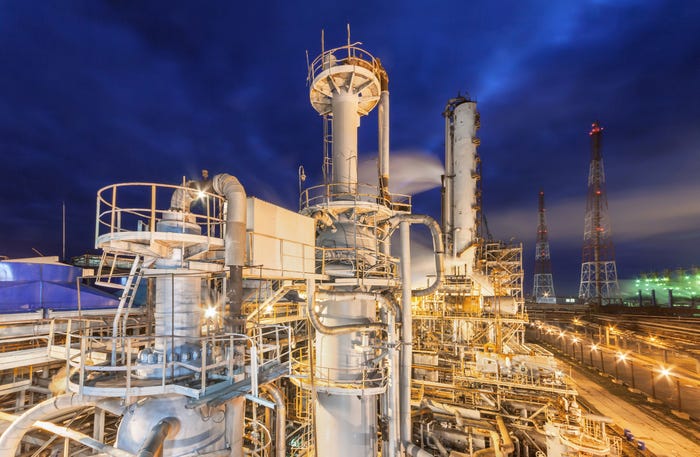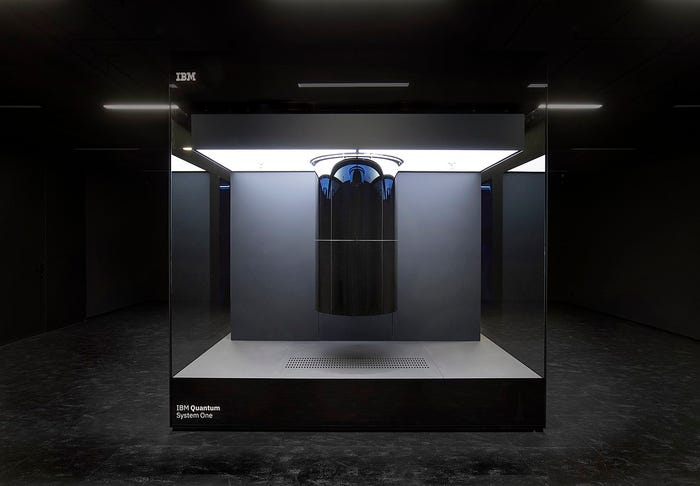
Connects decision-makers and solutions creators to what's next in quantum computing
Microsoft, Quantinuum Achieve Logical Qubit Milestone
Companies also demonstrate a hybrid, end-to-end chemistry simulation using quantum, HPC and AI

Microsoft and Quantinuum have created 12 highly reliable logical qubits using Azure Quantum’s qubit-virtualization system on Quantinuum’s H2 trapped-ion quantum computer.
Noise is one of the biggest barriers to scaling and moving past the current noisy, Intermediate-scale quantum (NISQ) era toward useful quantum computers that can outperform classical computing.
The companies announced at Quantum World Congress that they used Microsoft’s Azure Quantum qubit-virtualization system to Quantinuum’s H2 trapped-ion quantum computer to create 12 highly reliable logical qubits.
Earlier this year, Microsoft and Quantinuum generated four reliable logical qubits from 30 physical qubits on the H2 with error rated 800 times better than the underlying physical qubits.
For this recent achievement, they expanded Microsoft’s error-correction algorithms and optimized them for Quantinuum’s more powerful H2 machine, which now has 56 qubits with 99.8% two-qubit fidelity.
They also used a different logical qubit entanglement arrangement moving from a Bell state preparation in the 4-qubit study to a cat state, also known as a Greenberger-Horne-Zeilinger (GHZ) state. This improved the error rate from 0.024 in physical qubits to just 0.0011 in the entangled qubits.
When these logical qubits were entangled, they exhibited a circuit error rate of 0.0011, which is 22 times better than the corresponding physical qubits’ circuit error rate of 0.024.
End-to-end Chemistry Simulation Demonstration
Microsoft and Quantinuum have also demonstrated using logical qubits, cloud-based high-performance computing (HPC) and AI together to solve problems in chemistry.
They created two logical qubits using Microsoft’s qubit-virtualization system and Quantinuum’s H1 machine and integrated the output AI to estimate the ground state energy of a catalytic intermediate.
The hybrid quantum-AI approach delivered a better estimate of the ground state energy than calculations performed solely with physical qubits. According to the companies, this was the first time that HPC, AI and quantum-computing hardware have been used together to solve a scientific problem.

Overview of the reaction pathways of the P-N-N-P iron catalyst. Credit: Microsoft
Route to Commercial Quantum
Microsoft is experimenting with a variety of platforms in a bid to explore multiple routes to commercial quantum computing.
It has also applied the Azure Quantum compute platform to the neutral-atom qubits in Atom Computing’s second-generation systems, designed to have over 1,200 physical qubits. The team created logical qubits and optimized their systems to enable reliable quantum computation.
Atom Computing’s architecture is designed around scalable quantum error correction with large numbers of reliable physical qubits that the company plans to increase tenfold with each new hardware generation.
According to Microsoft, this could offer a route toward achieving commercial quantum faster than previously predicted.
About the Author
You May Also Like
.png?width=100&auto=webp&quality=80&disable=upscale)
.png?width=400&auto=webp&quality=80&disable=upscale)




